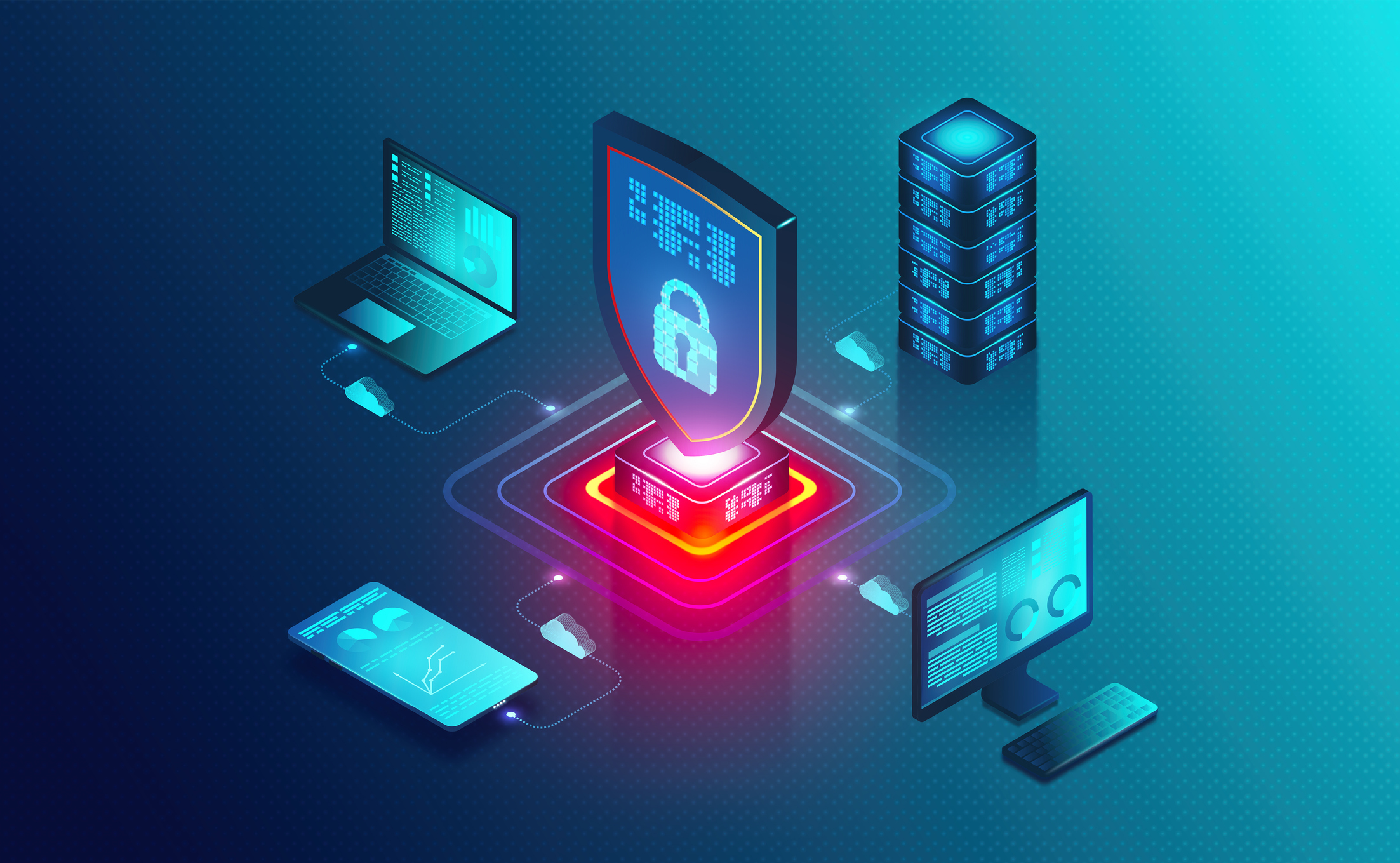As ransomware and cyber extortion campaigns grow more complex, organizations are rethinking how they protect digital assets across endpoints, networks, and cloud infrastructure. In this changing threat landscape, three terms are appearing frequently: EDR (Endpoint Detection and Response), MDR (Managed Detection and Response), and XDR (Extended Detection and Response). While they share a common goal—detecting and stopping malicious activity—they differ significantly in scope, implementation, and suitability for various organizations.
At a glance, EDR offers direct, granular control over endpoint security. MDR adds a human element, delivering security monitoring and response as a service. XDR takes a broader approach by integrating multiple telemetry sources to identify threats across environments.
Understanding the Core of EDR
EDR tools are focused on the devices that sit at the edge of your network—laptops, desktops, servers, and mobile endpoints. These tools continuously monitor device activity to catch and respond to suspicious behavior. In practical terms, that means if a developer opens a compromised file while working remotely, EDR software might flag unexpected registry changes or executable behavior, then isolate the machine to prevent spread.
This approach is particularly helpful for mid-sized organizations with skilled security teams that prefer hands-on oversight. However, EDR platforms often generate high alert volumes, which can be overwhelming without dedicated staff.
How MDR Takes Pressure Off In-House Teams
MDR builds on EDR but wraps it in managed services, giving organizations access to expert analysts who monitor threats 24/7. For startups or businesses lacking a full security operations center, MDR fills a crucial gap. If attackers strike in the middle of the night, an MDR provider will detect, investigate, and respond before anyone in-house is even aware something went wrong.
This approach is more costly than EDR alone but dramatically reduces the internal workload and expertise requirements. It’s especially helpful for teams suffering from alert fatigue or those trying to scale security efforts without building out a SOC from scratch.
XDR’s Broader Scope for Complex Environments
XDR goes beyond endpoint-level protection by correlating signals across multiple domains, including network traffic, cloud workloads, identity services, and endpoints. In organizations with hybrid environments—on-prem infrastructure mixed with SaaS platforms and cloud VMs—XDR offers an aggregated view of threats, helping security teams piece together the full picture of an attack.
Rather than just alerting based on activity on a single endpoint, XDR can detect coordinated intrusions, lateral movement, and multi-stage malware infections that span devices and environments. However, the broader scope also brings challenges with deployment and integration, especially in large-scale IT environments.
Comparing Their Strengths and Weaknesses
Each of these tools comes with trade-offs. EDR is ideal for teams with technical depth who want visibility and control but can handle their own alerts. MDR outsources much of the effort, offering expert help at the cost of some customizability. XDR offers the richest telemetry and the most context, but its success depends on how well it integrates with your infrastructure.
Cost also scales accordingly. EDR is often the least expensive but resource-intensive. MDR is priced higher due to the inclusion of human services. XDR tends to be the most expensive and powerful, best suited for large or mature organizations with a diverse attack surface.
So, What’s the Right Fit?
If your organization already has in-house cybersecurity expertise and needs high-fidelity visibility into endpoint activity, EDR is likely a good fit. If you’re struggling with resource limitations or lack dedicated staff for around-the-clock response, MDR offers a practical and effective middle ground. If your infrastructure spans multiple systems and you need centralized threat visibility, XDR provides the best situational awareness—particularly valuable in highly targeted or regulated sectors.
Regardless of the approach, these solutions are not mutually exclusive. Some organizations combine EDR for granular control, MDR for expert oversight, and XDR for cross-environment threat correlation. The key is to match your decision to your organization’s risk exposure, IT complexity, and available internal resources.
As cyber threats continue evolving, so too must your defense strategy. Choosing the right mix of detection and response tools can mean the difference between a quick containment and a costly breach.
How Can Netizen Help?
Netizen ensures that security gets built-in and not bolted-on. Providing advanced solutions to protect critical IT infrastructure such as the popular “CISO-as-a-Service” wherein companies can leverage the expertise of executive-level cybersecurity professionals without having to bear the cost of employing them full time.
We also offer compliance support, vulnerability assessments, penetration testing, and more security-related services for businesses of any size and type.
Additionally, Netizen offers an automated and affordable assessment tool that continuously scans systems, websites, applications, and networks to uncover issues. Vulnerability data is then securely analyzed and presented through an easy-to-interpret dashboard to yield actionable risk and compliance information for audiences ranging from IT professionals to executive managers.
Netizen is an ISO 27001:2013 (Information Security Management), ISO 9001:2015, and CMMI V 2.0 Level 3 certified company. We are a proud Service-Disabled Veteran-Owned Small Business that is recognized by the U.S. Department of Labor for hiring and retention of military veterans.
Questions or concerns? Feel free to reach out to us any time –
https://www.netizen.net/contact



